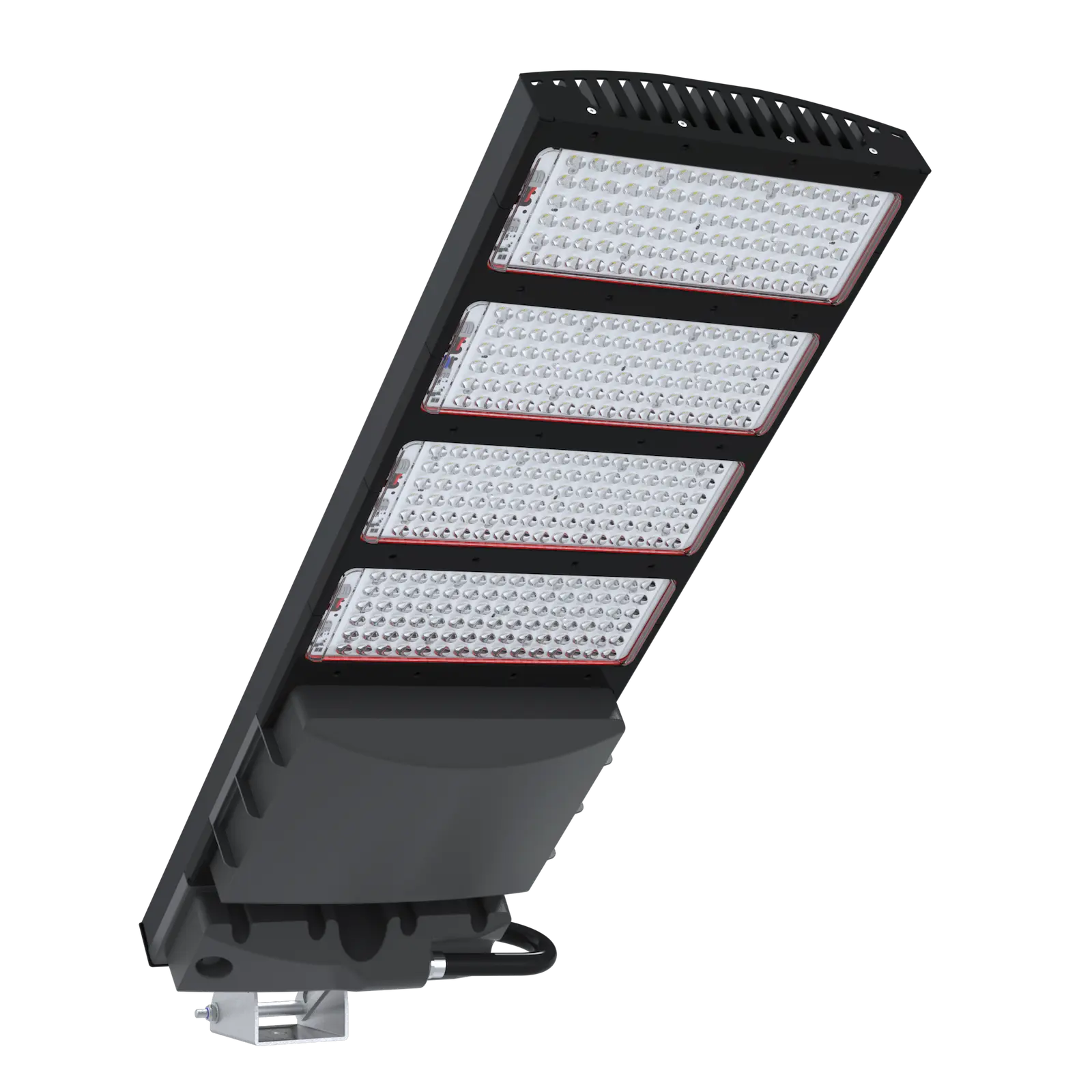When choosing a heatsink the manufacturer has to balance performance, cost and weight. Some metals like gold and platinum have excellent heat-sinking capabilities but are very expensive. Others, like copper, are not overly expensive, but very heavy. Aluminium, as it turns out, is a good balance of all three main characteristics.
Aluminium is readily available, has a reasonable melting temperature and can be extruded, die-cast or forged, making it very versatile for LED lighting applications. Aluminium is mostly used in an alloy form so it is not pure aluminium. This is done to improve manufacturing or performance characteristics and the manufacturer would usually recommend the best combination for a specific application e.g. a light that is used on a boat would potentially use a different alloy to a land based light as the mix of alloys will also affect the corrosion resistance.
The different methods of forming the heatsinks include:
Extrusion:
In this method the molten alloy is forced with pressure through a 2 dimensional mould, creating a long extrusion showing the same profile. This is useful for lightbars, linear high bays and other lights that can use a long and narrow heatsink. The high pressure of extrusion gives a very dense alloy which has excellent heat dissipation properties. The extrusion can then be cut to length, machined, anodised or powder coated for the final stages prior to assembly.
Along with the high density, another key benefit of the extrusion method as the tooling is very inexpensive. A draw-back is that the tool is 2 dimensional so is very limiting on design options.
Forging:
This is commonly used when a designer is looking for a complex shape and needs to make the housing as small as possible. The tool is made in two parts using very high strength steel. Aluminium slugs or billets are put into the mould and the mould closes with huge force. This pressure ‘pushes’ the aluminium into the mould and takes on the shape. The force used gives a very dense housing with excellent heat dissipation properties. Tooling is many times more expensive than extrusion but the process is faster, uses much less electricity and can achieve more complex designs.
Die casting:
There are primarily two forms of die-casting – low pressure and high pressure. Low pressure is not very applicable to most lighting products due to poor heat dissipation so we’ll only cover high pressure. High pressure casting injects molten alloy into a two-part mould. As the alloys cools and solidifies the mould opens and releases the product. This method is more versatile than forging as you can do more complex shapes but due to the lower pressures involved, heat dissipation is not as good. Tooling costs are typically similar to forging too.
Summary
So what’s the best method to use? Like most things in life it depends on a number of factors and your choices will normally be constrained by the design. If money is tight you can design around an extrusion. However this may involve having more components to make up for the simplicity of the two dimensional shape. Have a discussion with the design engineer and make sure the decision covers the entire product as penny-pinching in one area may easily spill over to bigger costs elsewhere.
